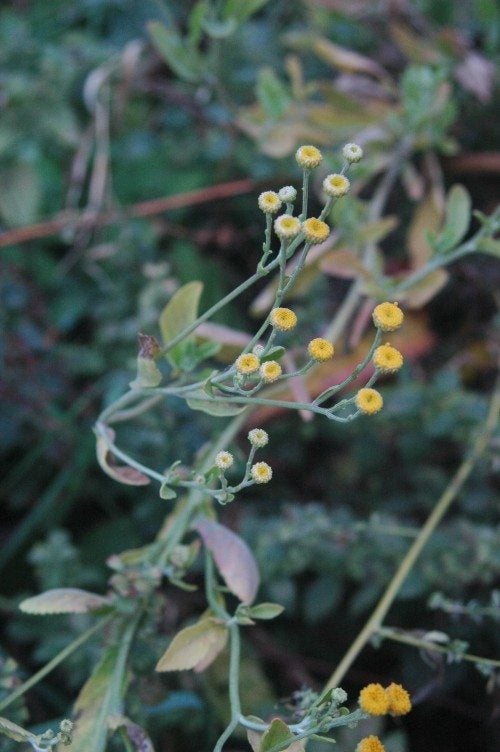Costmary Growing: Caring For Costmary Plants In Gardens


An old-fashioned, perennial herb, costmary (Chrysanthemum balsamita syn. Tanacetum balsamita) is appreciated for its long, feathery leaves and mint-like aroma. Tiny yellow or white blooms appear in late summer. Also known as Bible plant, costmary leaves were often used as bookmarks to mark pages of scripture. Additionally, plant historians report that the pungent-smelling leaf was often sniffed surreptitiously to keep church-goers awake and alert during long sermons. Read on to learn more about caring for costmary plants and how to use them.
Costmary Growing
The costmary herb plant is a hardy herb that tolerates hot summer and cold winters. It thrives in nearly any type of poor, dry soil including clay and sand. Although the plant grows in partial shade, blooming is best in full sunlight. In the herb garden, this tall plant, which reaches heights of 2 to 3 feet (61-91 cm.), is lovely behind shorter herbs such as thyme, oregano, or sage. Nasturtiums or other colorful bloomers can be planted to complement costmary's bright green foliage. Purchase costmary plants at a nursery or greenhouse, or ask gardening friends to share divisions from established plants. The plant spreads by underground rhizomes and is extremely difficult—if not impossible—to grow from seed.
Costmary Plant Care
Caring for costmary is an easy task; once established, the herb requires no fertilizer and rarely needs water. Allow at least 12 inches (31 cm.) between each plant. Costmary benefits from division every two to three years to prevent the plant from becoming tired and overgrown. Dig the clump in spring or autumn, then pull the rhizomes apart with your hands, separate them with a knife, or use a shovel. Replant the divisions or give them away.
Uses for Costmary
Costmary is harvested before the plant blooms and the fresh, sweet-smelling leaves are used to flavor soups, salads, and sauces. Like mint, the leaves make an aromatic garnish for fresh fruit or cold drinks. The leaves also have medicinal uses, and a costmary poultice takes the sting and itch out of insect bites and minor cuts and scrapes. Dried costmary is often used in potpourris or sachets and it combines well with other dried herbs such as cloves, cinnamon, rosemary, bay, and sage. Planting costmary around a dog's pen may help discourage fleas.
Sign up for the Gardening Know How newsletter today and receive a free copy of our e-book "How to Grow Delicious Tomatoes".

A Credentialed Garden Writer, Mary H. Dyer was with Gardening Know How in the very beginning, publishing articles as early as 2007.